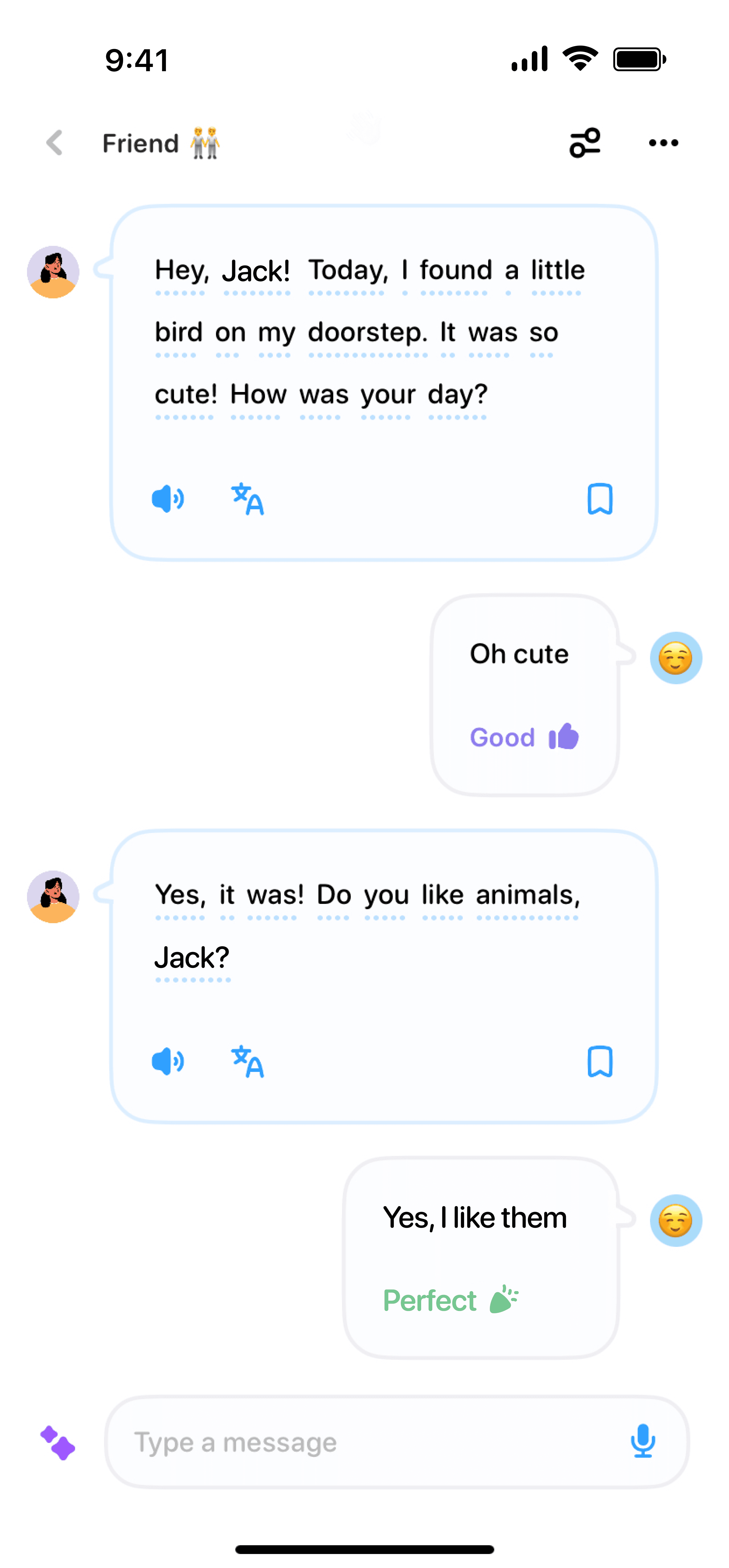05/10/2024
·
Emma Robbie
Understanding the different English learner levels can help you figure out where you are on your language journey and what you need to do to reach the next level. Whether you're just starting to learn English or you're looking to polish your advanced skills, knowing these levels can guide your study plan. Let's dive into the effective English learner levels and what they mean.
What Are English Learner Levels?
English learner levels are used to categorize learners based on their proficiency in the language. These levels help educators and learners alike to identify strengths and areas for improvement. They commonly follow frameworks like the Common European Framework of Reference for Languages (CEFR) or the American Council on the Teaching of Foreign Languages (ACTFL).
Beginner Levels: A1 and A2
At the beginner levels, you are just starting your English learning journey. Here's a breakdown:
A1 (Beginner): At this stage, you can understand and use basic phrases and expressions. You can introduce yourself and ask simple questions.
A2 (Elementary): You can understand sentences and frequently used expressions related to areas of immediate relevance, like personal information or shopping.
Intermediate Levels: B1 and B2
Once you reach the intermediate levels, you can handle more complex situations in English:
B1 (Intermediate): You can deal with most situations likely to arise while traveling in an English-speaking area. You can produce simple connected text on topics that are familiar or of personal interest.
B2 (Upper Intermediate): At this level, you can understand the main ideas of complex text on both concrete and abstract topics, including technical discussions in your field of specialization. You can interact with a degree of fluency that makes regular interaction with native speakers quite possible.
Advanced Levels: C1 and C2
Advanced levels signify a high degree of proficiency:
C1 (Advanced): You can express ideas fluently and spontaneously without much obvious searching for expressions. You can use language flexibly and effectively for social, academic, and professional purposes.
C2 (Proficiency): At this level, you can understand with ease virtually everything heard or read. You can express yourself very fluently and precisely, differentiating finer shades of meaning even in more complex situations.
Why Knowing Your Level Matters
Understanding your English learner level can help you tailor your learning process. For example, beginners might focus on basic grammar and vocabulary, while advanced learners might tackle more complex literature or technical writing. It helps in setting realistic goals and tracking progress.
Finding Your English Learner Level
There are many online tests that can help you determine your current level. Many of these are free and provide a detailed breakdown of your strengths and areas for improvement. Consider taking one to get a better understanding of where you stand.
Tips for Moving Up the Levels
Here are some tips to help you progress through the levels:
Consistent Practice: The more you practice, the better you'll become. Daily practice can make a big difference.
Use a Variety of Resources: Combine textbooks, online courses, language apps, and real-world practice.
Speak with Native Speakers: Engaging in conversations with native speakers can provide practical experience and help with pronunciation.
Set Goals: Having clear, achievable goals can keep you motivated.
Remember, everyone learns at their own pace, and it’s okay to take your time. The journey to fluency is unique for everyone.
Happy learning, and best of luck on your English language journey! 🌟



